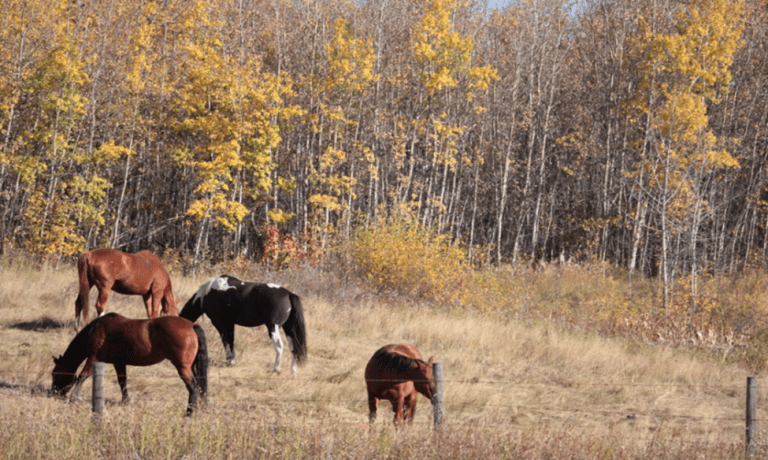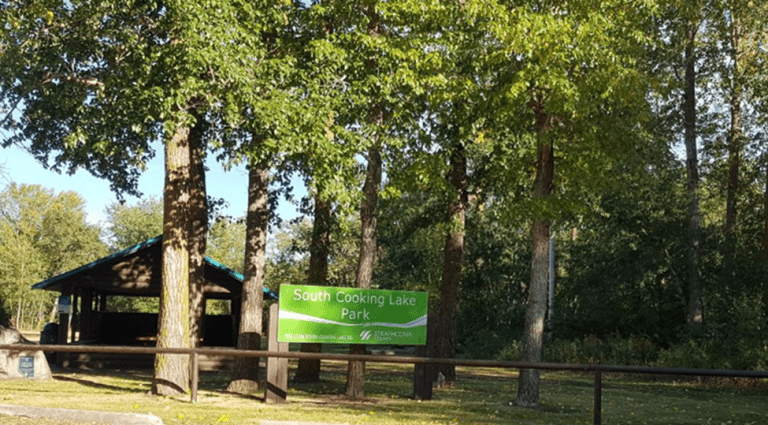- Ohio House Bill 377 creates funding for Appalachian Community Grant Program
- Candidate Lt. Governor Jon Husted talks to local business leaders in Bellaire, Ohio about the program
- $500 Million has been allocated for the 32-county Appalachian Region
- Details for Eligible Applicants and Eligible Projects are outlined
Lt. Governor Jon Husted sells the Appalachian Grant Program with language of localism, while concealing the centralizing nature of the program.
Lt. Governor Jon Husted, up for re-election in November, came to Bellaire, Ohio on October 19th to discuss the Appalachian Community Grant Program.
This funding is part of House Bill 377, signed by Governor DeWine June 28th and is for Ohio’s 32-county Appalachian Region.

$500 million “is to help local communities have the resources to achieve their dreams. We’re not telling them what to do,” according to Husted.
“There are people and communities with big ideas across Appalachia, but they have lacked the resources to make those dreams come true.”
Local communities’ dreams have been defined by legislators and stakeholders in Columbus as infrastructure development, physical and behavioral health and workforce development.

The guidelines for the grants include Eligible Applicants: Local units of government and government-related entities, educational institutions and non-profits.
“Not telling them what to do” entails guidelines for Eligible Projects:
Infrastructure; such as main street or downtown redevelopment, improvements to multi-community connecting trails, significant outdoor community space, links to community arts, history and culture, access to telemedicine.
Workforce; such as public-private partnerships designed to build and coordinate technical, educational, clinical and workforce infrastructure.
Healthcare: such as investments in school or community-based services to address children’s physical and behavioral health needs or plans to address substance use disorder

This is part of Governor DeWine’s “OhioBuilds – Small Communities, Big Impact – A Plan for Appalachia.”
“A Plan for Appalachia” is clearly afoot. Using flowery language about local dreams, transformational change, people with ideas and creativity makes the project sound like a grassroots effort.
Most people have forgotten what local control and local custom really is. Centralized efforts to standardize and make communities uniform across America has been active for a hundred years.
Close examination of the “who”, the “what”, and maybe the “why” of the Plan for Appalachia may be in order as local leaders hold out their hands to the central planners for Appalachia.




































